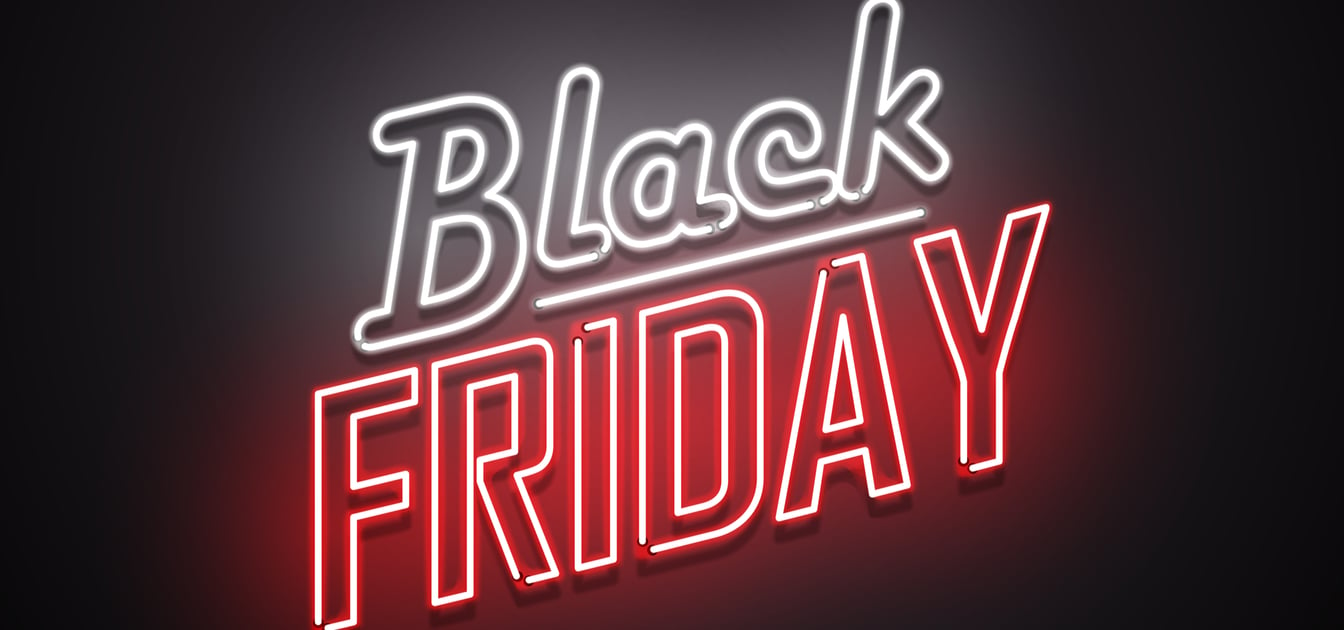Industry benchmarks (and a Black Friday sneak peek)
September 22, 2021 •Sorcha OBoyle

Context is everything. To truly understand your brand’s performance, you need to be able to compare your performance metrics with your competitors’. Having detailed insight into exactly what’s happening in the market helps you to understand to what extent your performance is linked to marketing efficiency and how much is being driven by broader market trends and consumer behaviour.
As a brand leader, the customer is your responsibility. Ultimately, the success of your business comes down to how many customers you recruit, how much they spend with you and how many of those precious customers you retain over time. A great product is crucial too but that’s your area, not ours, so we’ll focus on what we’re good at: the customer. You can never know too much about your customer (or about your competitors) so we’ve collected our latest customer and brand insights to help you understand how your performance stacks up against the rest – and how you can improve. We’ve also included some tips and insight into broad Black Friday strategies from across the market and IMRG’s recent survey to give you actionable insight into industry benchmarks and help you ask the right questions of your marketing team.
At more2, we’ve been around the block. We work hand-in-hand with over 100 direct-to-consumer brands, helping them to draw real insight and fuel their commercial performance, week in, week out. As a result, we have real-time knowledge into micro-and macro-level trends across all retail segments, from fashion to furniture, cosmetics to continuity, online-only brands to store-led heritage brands and everything in between. Read on to see our take on what’s happening right now – and what’s to come.
Knowledge is power
Retail continues to deliver higher growth than last year and is averaging around +12% YOY though the gap continues to narrow. Web revenues were delivering single-digit growth compared with 2020 but broke into double digits this month, posting their strongest growth since April 2021. The convergence of growth across channels indicates that customers are settling back into ‘normality’ as offices and schools reopen and consumer confidence stabilises.
Footfall
Springboard’s latest footfall figures recorded a 4.2% decline in footfall in early September versus the previous week. A combination of the end of the school holidays and a staggered return to the office means that coastal towns have suffered the most severe drop after a booming summer of staycations and summer days out.
Brands with a strong presence in coastal towns should focus their attention on supporting store performance using online channels: use messaging about new product drops, sales, and product recommendations available in-store to target store-dominant customers and encourage them back into your stores.
On the flip side, Central London recorded an increase in footfall as the slow drift back to the office begins in earnest. This is a good sign for London stores which bore the brunt of lockdowns and WFH. While still not back at 2019 levels, the indications for London are positive and should encourage customers to come back to a more bustling capital city. As expected, Greater London and smaller Market Towns have also seen a boost in footfall as the summer holidays come to an end and hybrid working arrangements continue.
Black Friday: key trends you need to know
Bearing these general trends in mind, let’s look ahead and see how brands are planning for Black Friday. IMRG’s recent survey revealed some interesting trends and changes in how brands are approaching the Black Friday period. Generally speaking, the trend towards earlier Black Friday campaign kick-offs continues and, although concerns over sustainability continue to rise, 95% of brands are expected to run Black Friday campaigns this year. Interestingly, however, some brands have indicated that, while they will promote a sale period over the month of November, they do not intend to call it a Black Friday sale. Whether this is a response to consumer wariness over the Black Friday moniker is still unclear but it’s a trend to watch over the coming years.
For now though, 25% of brands plan to launch their Black Friday offers by the end of the first week in November and 45% plan to be live by mid-November. In general, we expect brands to move earlier this year than last though the level of discounting continues to fluctuate: most brands plan to offer up to 50% discounts but are moving away from fixed discounts and particularly from fixed discounts across all products. This is a positive move as it enables retailers to retain more control over stock and discounting as the sale period goes on. We recommend brands keep discounts flexible so you can respond quickly to customer demand: make sure you have different versions of your creative ready to go if needed and keep communication open between operations and marketing teams so nobody is working in a silo.
Top tip from the Paid Social experts: Avoid putting the percentage discount into the image or video creative in your social campaigns. Instead, use your copy to communicate the discount. By doing this, you’re free to edit the discount without changing the main creative (which will reset your campaign learnings and put you back at Square 1 – nightmare).
What performance can we expect from Black Friday this year?
In short: it will be good but last year’s performance has set a high bar. Overall, the market is predicted to deliver negative growth of 0 to -5% versus 2020 when Black Friday fell in the middle of lockdown and online growth skyrocketed. Barring any new restrictions, we can expect the High Street to be open for Black Friday this year which will shift some sales from online channels to in-store.
Overall, clothing retails are expected to hit approximately +10% in growth this year compared to last, good news for a sector that has suffered greatly since March 2020. Conversely, the strong performance by electrical and home/garden brands is expected to weaken.
Freight and driver shortages
In general, Black Friday is expected to deliver good results for brands this year and customer spending intent is strong. Given the ongoing freight and driver problems, however, it’s vital that your marketing teams stay in constant communication with operations and warehouse teams to manage the flow of orders. As mentioned above, keep your marketing team informed of real-time stock levels so they can adjust campaigns and keep customers updated to prevent any disappointment. And if you’re concerned about filling warehouse roles to keep up with demand, consider starting your sales offers earlier to prevent any operations bottlenecks and keep your teams healthy and happy.
It’s not too late to consider your courier set-up either – engaging additional courier services may help you get around driver shortages in the final mile. While customers will understand the challenges surrounding driver shortages this year, anything you can do to improve the customer experience will stand to you in the long run. If a customer has a good experience with you early in this year’s peak season, they’ll be much more likely to buy again before Christmas, giving you another opportunity to nurture your relationship with them and win their long-term loyalty.
In conclusion
These are just some of the insights and advice we’re sharing with our clients as we come into peak this year. Keeping up with broad market trends will help you understand how you’re performing compared with your competitors and a quick peek into Black Friday trends should help you and your teams to plan for peak season and put your brand in the best position possible in the run-up to Christmas.
Good luck!
If you'd like to have a chat about how more2 can help your brand to grow, get in touch below. We'd love to hear from you!

